In today’s competitive market, businesses that embrace inclusive design not only improve user satisfaction but also expand their customer base. By focusing on accessibility as a cornerstone of Conversion Rate Optimisation (CRO), small businesses can cater to a wider audience, including individuals with disabilities, older adults, and users in varying environments. This article explores how accessibility-focused CRO can drive growth while fostering inclusivity.
Key Principles of Inclusive Design
Inclusive design revolves around creating products and experiences that are usable by as many people as possible. Below are the core principles that guide this approach:
Provide a Comparable Experience
Ensure all users can achieve their goals without compromising on content or functionality. For example, offering screen reader support and transcripts for video content ensures accessibility for visually impaired users.
Consider the Situation
Design with the user’s context in mind. Features like dark mode, which automatically activates in low-light environments, enhance usability for everyone, not just those with light sensitivity.
Solve for One, Extend to Many
Design solutions for specific needs that benefit a broader audience. For instance, text-to-speech functionality aids users with visual impairments as well as those multitasking or driving.
Offer Multiple Ways to Engage
Provide various interaction options, such as adjustable font sizes, voice commands, and simplified navigation paths. These features cater to diverse user preferences and abilities.
Conducting User Research and Involving Diverse Perspectives
To create truly inclusive designs, businesses must understand the needs of their audience. Conducting thorough user research is key:
- Interview individuals from diverse backgrounds and abilities.
- Run usability tests with real users to identify pain points.
- Build a diverse design team to ensure multiple perspectives are considered.
For further guidance, consult resources like Nielsen Norman Group, which offers insights into user experience research.
“Inclusive design is not about designing one-size-fits-all solutions; it’s about creating flexible systems that adapt to individual needs.” – Kat Holmes, Author of Mismatch
Prioritising Accessibility and Designing for Flexibility
Accessibility is a non-negotiable aspect of inclusive design. Adhering to standards like WCAG 2.1 ensures your products are accessible to individuals with disabilities. Additionally, flexibility in design allows users to tailor their experience:
- Provide options to adjust font sizes and colour contrast.
- Ensure keyboard and voice navigation work seamlessly.
- Test your product on various devices and screen sizes.
For more tips, check out our guide on making your website accessible.
Integrating Inclusive Design into CRO Strategies
Accessibility-focused CRO strategies can significantly boost conversions. Here’s how you can integrate inclusive design into your optimisation efforts:
Intuitive and Accessible Web Design
Ensure your website has clear navigation, descriptive CTAs, and minimal user friction. Tools like Hotjar can help you identify usability issues through heatmaps and session recordings.
Personalisation
Leverage user behaviour data to personalise experiences while adhering to inclusive principles. For instance, offer recommendations based on browsing history but ensure they are accessible to all users.
Responsive and Scalable Design
Design for responsiveness across devices and screen sizes. Scalable text options and adaptable layouts ensure usability for users with visual impairments or older devices.
Testing and Iteration
Continuous testing and iteration are essential for maintaining inclusivity. Use tools like Accessibility Checker to evaluate your design’s compliance with accessibility standards.
Additionally, gather feedback from users of diverse abilities and backgrounds. Incorporate their insights to refine your designs and enhance usability.
Compliance with Accessibility Standards and Competitive Advantage
Meeting accessibility standards isn’t just a legal requirement—it’s a significant competitive advantage. Brands that prioritise inclusivity often enjoy enhanced reputation and customer loyalty.
Take inspiration from companies like Microsoft, whose Xbox Adaptive Controller demonstrates how inclusive design can lead to innovative products that resonate with diverse audiences.
Conclusion
Inclusive design is a powerful way to expand your customer base, improve user satisfaction, and differentiate your brand. By following accessibility-focused CRO strategies, small businesses can create products that are not only usable but also delightful for a wide range of users.
Ready to make your business more inclusive? Start by assessing your current website’s accessibility with our Website Accessibility Audit.
Take the first step today and watch your customer base grow!

